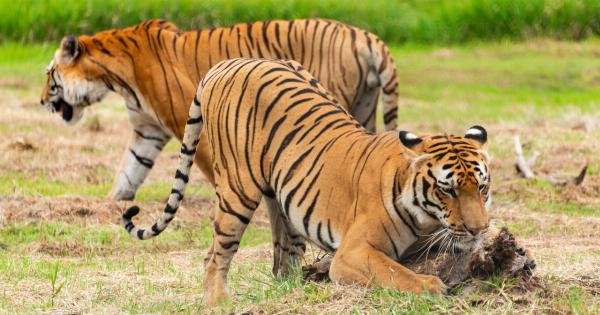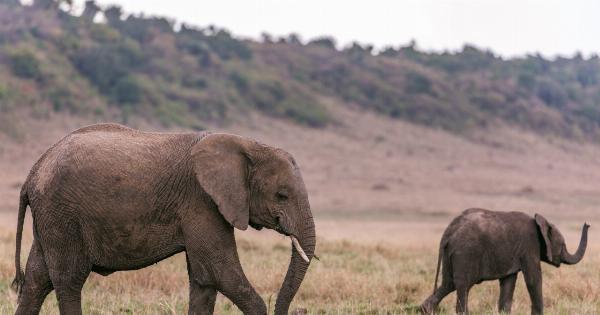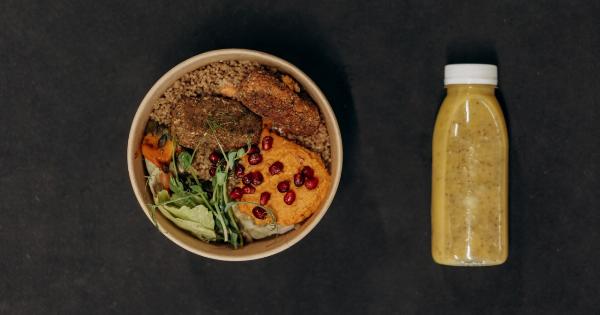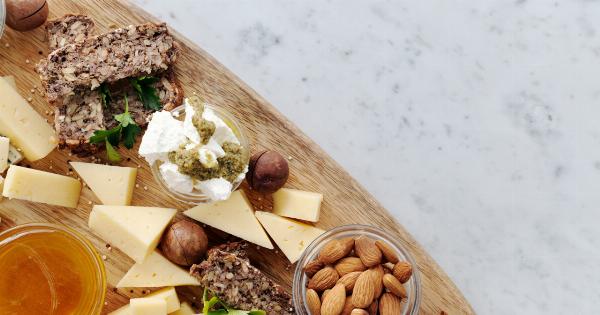The diet of bears varies depending on the species of bear, their habitat, and the availability of food. Nonetheless, the diet of bears is a subject of study for people who are interested in exploring the natural feeding habits of animals.
In this article, we will explore the diet of different types of bears and discuss the potential benefits and drawbacks of adopting a bear-like diet.
The Diet of Different Types of Bears
Bears are omnivores, which means that they eat both plants and other animals. However, the proportion of plant and animal-based foods in their diet varies depending on the species of bear. Here are some examples:.
American Black Bear
The American black bear is primarily a vegetarian, with around 85% of its diet consisting of grasses, leaves, fruits, and roots. However, they also eat insects, fish, and small mammals such as rodents or rabbits.
Brown Bear
The brown bear is a generalist omnivore, which eats a variety of foods including fish, berries, nuts, roots, insects, and small to large mammals depending on the time of the year and their natural habitat.
Polar Bear
The polar bear is a carnivore that feeds almost exclusively on seals. They live in an environment where vegetation is scarce, which means that the bulk of their diet comes from marine mammals.
The Benefits of a Bear-like Diet
Some people think that following a bear-like diet can be beneficial for human health. Here are some of the potential advantages:.
High in Nutrients
The diet of bears consists of a wide range of nutrient-dense foods. For example, berries are packed with antioxidants, while fish is a rich source of omega-3 fatty acids and protein.
Eating a diet that includes these foods may help to improve overall health and reduce the risk of chronic diseases like obesity and type 2 diabetes.
Low in Processed Foods
Bears do not consume processed foods, and neither should we. Processed foods are often high in sugar, salt, and unhealthy fats, which can be harmful to human health when consumed regularly.
Following a bear-like diet may help to reduce overall consumption of these types of foods, promoting a healthier lifestyle.
Drawbacks of a Bear-like Diet
Although there are some potential benefits of following a bear-like diet, there are also several drawbacks that should be considered:.
Nutrient Imbalances
The diet of bears may not provide an optimal balance of all nutrients required by the human body. For example, bears consume large amounts of protein, which may not be necessary for humans.
Additionally, humans require other nutrients like fiber and certain vitamins that may not be abundant in the bear diet.
Food Availability and Cost
Unlike bears, humans often do not have access to a wide range of foods year-round. Adopting a bear-like diet may require significant effort and money to acquire the necessary foods.
This may be especially true for people living in urban areas who do not have access to forests and other natural habitats.
Conclusion
The diet of bears is diverse and reflects the natural feeding habits of these animals. Following a bear-like diet may provide some potential health benefits, but there are also several drawbacks to consider.
A more balanced approach to eating, based on individual nutritional needs, is likely to be more effective for improving health and wellbeing in the long run.






























